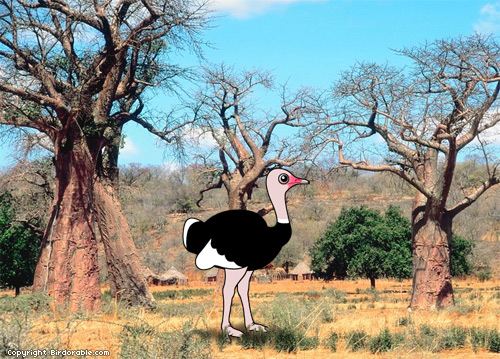The Birdorable Ostrich

Two days ago we blogged about our new Birdorable Kiwi and today it's the turn of another flightless bird in the ratites family: the Ostrich is the largest living species of bird and it lays the largest egg of any living bird. Five different subspecies are recognized: Southern, North African (most common), Masai, Arabian (extinct) and Somali. Ostriches used to live in most of Africa and much of Asia Minor. Today they are native to the open savannas and Sahel of Africa. The Arabian subspecies used to be very common in the Arabian Peninsula, Syria and Iraq, but became extinct around 1966. They have excellent vision and hearing that helps them sense lions and other predators from far away. When being chased by a predator, Ostriches are known to reach speeds in excess of 45mph (70km/h) and they can maintain a steady speed of 30mph (50km/h), making them the world's fastest two-legged animal.










Comments
Leave a comment
Thank you!